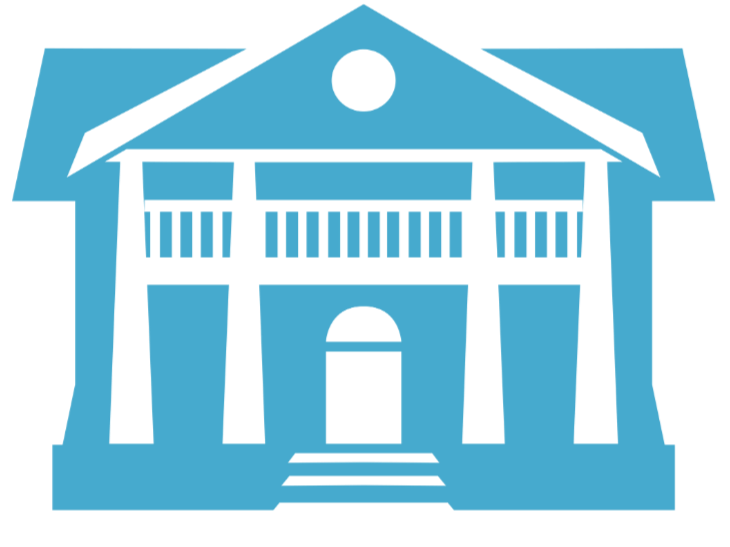MUSEUM BLOG

Observations and Lessons from the First Curating Medical Heritage Workshop or How I Spent My Swedish Vacation
I was lucky enough to be part of a contingent of academics from Kingston who travelled to Uppsala, Sweden for the first of a series of workshops on Curating Medical Heritage.

Historian Tim Cook book talk recording available for limited time
The Museum of Health Care and the Hannah Chair at Queen’s University are proud to present an evening with Canadian historian and author Tim Cook, as he speaks to his newly released book, Lifesavers and Body Snatchers: Medical Care and the Struggle for Survival in the Great War

Renowned Historian Tim Cook in Kingston this March to share stories from new book
The Museum of Health Care and the Hannah Chair at Queen’s University are proud to present an evening with Canadian historian and author Tim Cook, as he speaks to his newly released book, Lifesavers and Body Snatchers: Medical Care and the Struggle for Survival in the Great War

Medicinal Leeches: Still A Bloody Good Idea
Even people who aren’t up on their medical history tend to know at least one fact: old-fashioned medical doctors used leeches. The leech is almost as iconic a symbol of antique medicine as the head lamp or the beak-masked plague doctor.

The Story of Marjorie Winslow and her Medical Moulages
In the collections of the Museum of Health Care, there are 136 artefacts in the “Dr. Robertson/Marjorie Winslow Collection.” The majority of these are medical moulages-- wax models of the ways different diseases and pathological conditions affect the human body. They were some of the very first artefacts to be added to the museum’s collections, and at first, the artist’s identity was a mystery. After connecting with people who had known Dr. Robertson, who had used the moulages for teaching at Queen’s University, Marjorie Winslow’s name could be confidently affixed to her art.

The Story of Dr. Guilford B. Reed and his Influenza Vaccine
With the help of two research assistants, Dr. Reed developed a flu vaccine from the bacteria in naso-pharyngeal swabs of people infected with the Spanish Flu.

"Sick City" Outdoor Guided Tour Tickets Now on Sale
Walk in the footsteps of some of Kingston’s earliest residents and arrivals as they engage in a quest for health care in the Limestone City. The story of establishment of one of Canada’s oldest public hospitals, Kingston General Hospital, is one full of success and sacrifice, triumph and tragedy. Join us for a fascinating look into the lives of those that lived, arrived and died here, as we unlock the secrets of Kingston’s medical history.

A Mere Appendix: Pioneering Surgery in Grand Valley Ontario
The appendix represents quite a mystery. For many years it was believed to be a vestige of our distant ancestors; the trace of a cecum, a part of many animals large intestine. This theory was put forward by Charles Darwin, but was mostly refuted in 2013.

What’s So Now About History?
When I reflect on my summer at the Museum, beyond finding medical history interesting, I was also reminded of the ways in which it is important. Far from being ‘old news’ my experience has confirmed my belief in the contemporary value of knowing and learning from the past.

Medical Contributions of The Great War: Blood Transfusion
Prior to World War One, blood transfusion was a rarely performed and risky procedure. On the eve of the war, scientific development in relation to transfusion technology progressed making it a more viable procedure. Survival rates on the front lines increased as new transfusion techniques were mastered. The benefits of the medical developments that occurred during the war should not only be remembered on Remembrance Day, as blood transfusions continue to save hundreds of lives each day.

